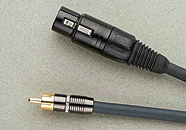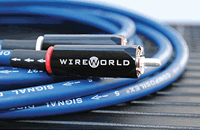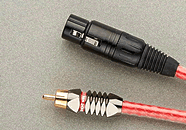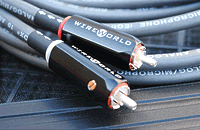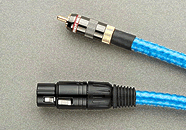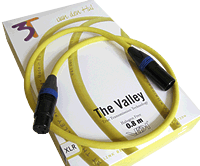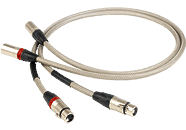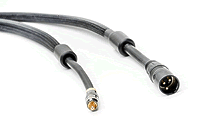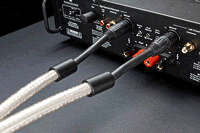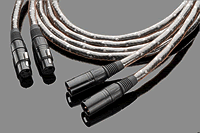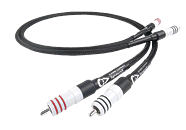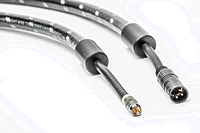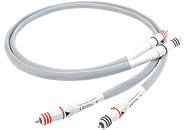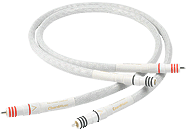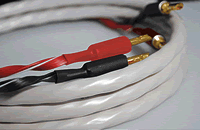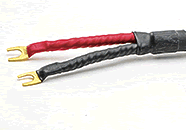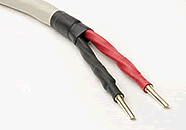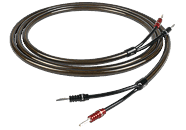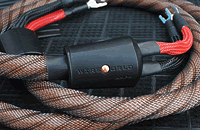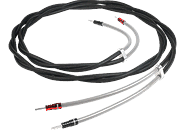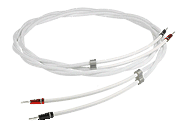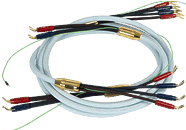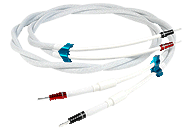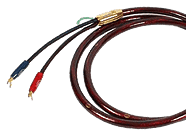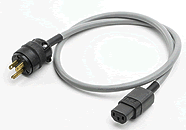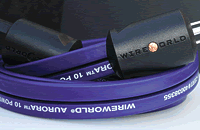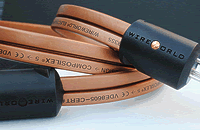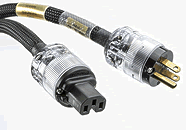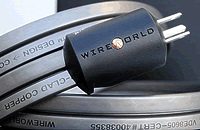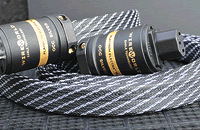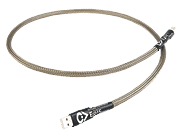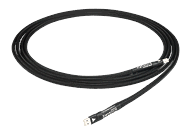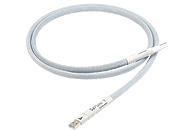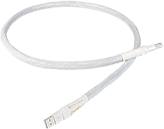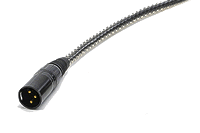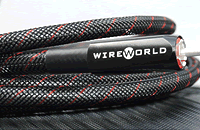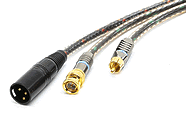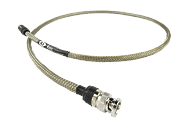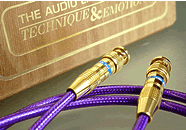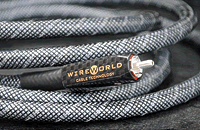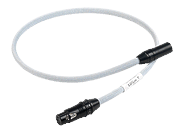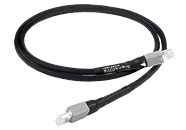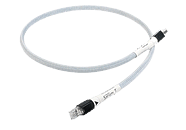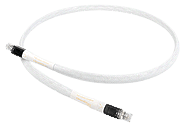Cables@kemela
There is no debate about whether cables contribute to the sound of a good Hi-Fi system.
Because everyone's system is unique, we strongly recommend consulting about cables before purchasing them as a cable's influence depends on not only the design of the cable but also how the cable interacts with the specific components it links up.
Manufacturers naturally allocate very little of the budgeted cost to manufacture a product to cables supplied with the product, as many customers already have good cables or wish to choose their own
new ones according to preferences.
The basic cables provided are to get you up and running but are not going to reveal all a product is capable of.
Exploring better cables is a very worthwhile pursuit.
Basic Electrodynamics
If you did some physics at school you might recall the electric and magnetic fields that result when current flows through wires and this is the basis for electric motors, loudspeakers, cartridges, and electromagnetic induction in range hobs or contact-less toothbrush and cellphone chargers.
We can actually measure these companion fields. The concept of Poynting vectors offers an explanation of why power is delivered in one direction from source/generator to load even in alternating circuits. Energy - the capacity to get work done - actually does 'get out' of your wall outlet (rather than going back and forth with the alternating current flow) to 'power' your appliances and Hi-Fi system.
Electron Flow
Skipping through these excellent three video's and especially looking at the animations which are really helpful will expand your thinking about what is happening. I've used my own titles for the links to these videos because, as you will discover, these concepts are still not completely explainable!
Do we really know how electricity flows in wires?
Really, do we really know how electricity flows in wires?
No really, do we really know how electricity flows in wires?
We've all also experienced a static electricity shock from the discharge of an electric charge imbalance between one object to another caused by friction between two different materials.
Translating basic electrical engineering properties of resistance, capacitance and inductance addressed in small circuit boards or crossover filters to relatively long cables is too simplistic. That would be like saying all violins sound the same because the strings on all of them are the same length. In the case of a Stradivarius violin, the resonance of the body of the violin is a big factor in determining how it sounds when played. There are mechanical resonances in cables too and memory effects besides the shielding, electric field strength, signal transmission distortion, impedance changes at terminations and many other attributes that will affect how one cable sounds compared to another especially if you challenge a cable in a state of the art system with music with a larger frequency and dynamic range. However they will make a difference even in a basic Hi-Fi system.
Choosing Cables
With the potential permutations of analog/digital interconnects, speaker, and power cables available from many manufacturers, on-line research as a means to pick cables is a bit of a hit or miss affair. How many paint swatches are needed to choose a paint color - and even then - after painting the wall did it turn out looking like the paint chip sample? Just because a cable works well in one situation doesn't mean it will necessarily work well in another as cables interact with the complex reactive impedance of components, room acoustics, and preferences.
At kemela we choose cables from two American and two European brands in preparation for auditions and have become intimately acquainted with their interactions. We also dialog with consultants from the cable manufacturers.
How much should you spend and why are they so expensive
High quality cables take longer to manufacture under much more tightly controlled conditions using more expensive materials and more sophisticated manufacturing methods. Higher level cables are made in much smaller batches.
There is no hard rule but generally the cable budget allowance should be in proportion to the performance capability of the components. A $500 consumer grade receiver is likely tuned to sound best with the performance characteristics of low cost cables and high resolution cables may reveal the limitations of the equipment. The converse is also true, using $50 speaker cables on $5,000 is unlikely to make the speakers sound their best.
